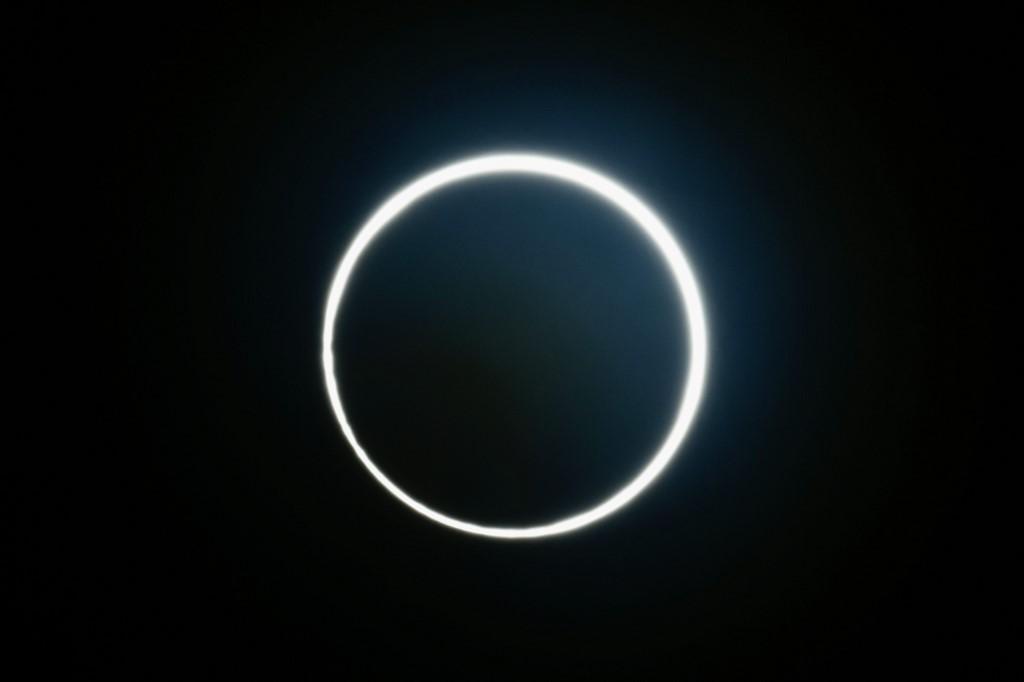A partial solar eclipse was observed in South Asia and Africa on 21st June 2020. In some areas, the ring of fire was also seen that left everyone mesmerized. The eclipse occurs when the Moon is too far away from the Earth to completely cover the Sun. It results in the appearance of a brightly lit ring around the darkened Moon.
Many enthusiasts captured mind-blowing photos of the phenomenon. Here are some images of the solar eclipse for your eyes to feast on!
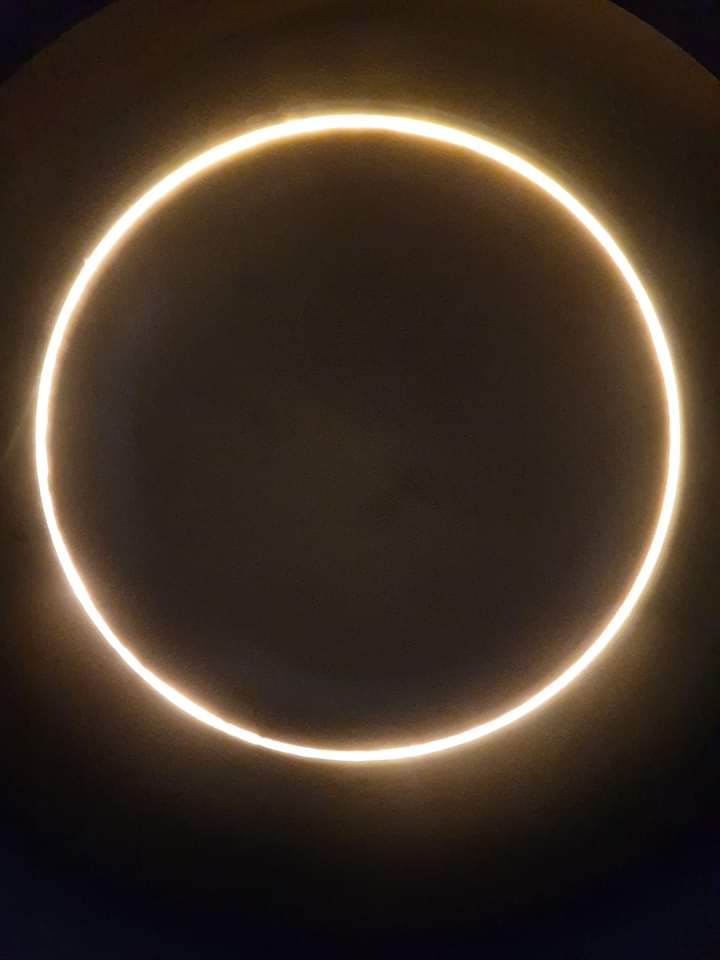

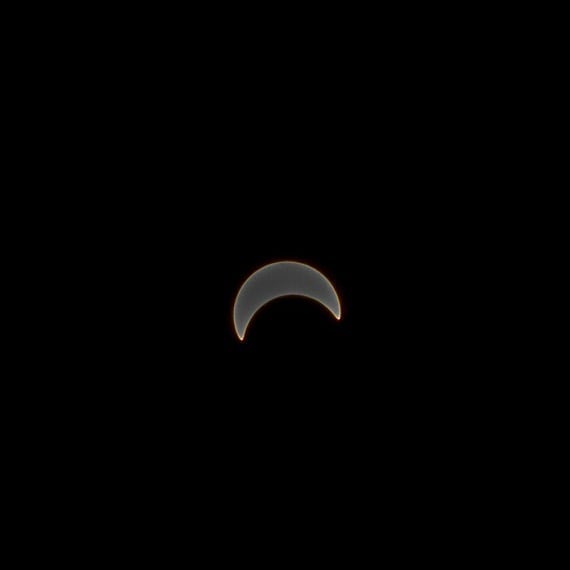
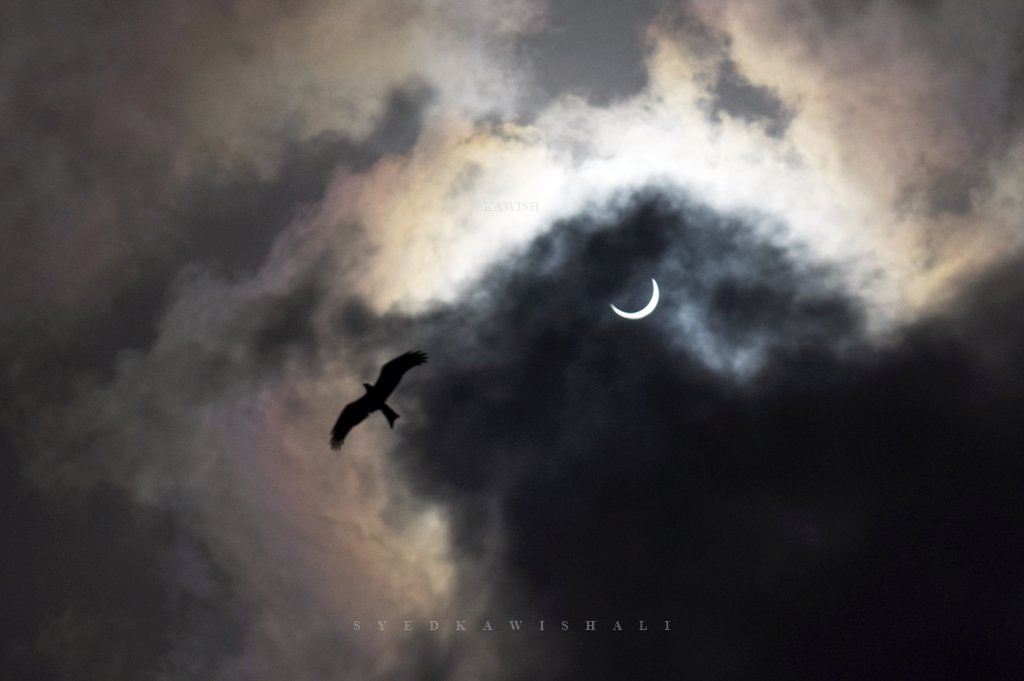
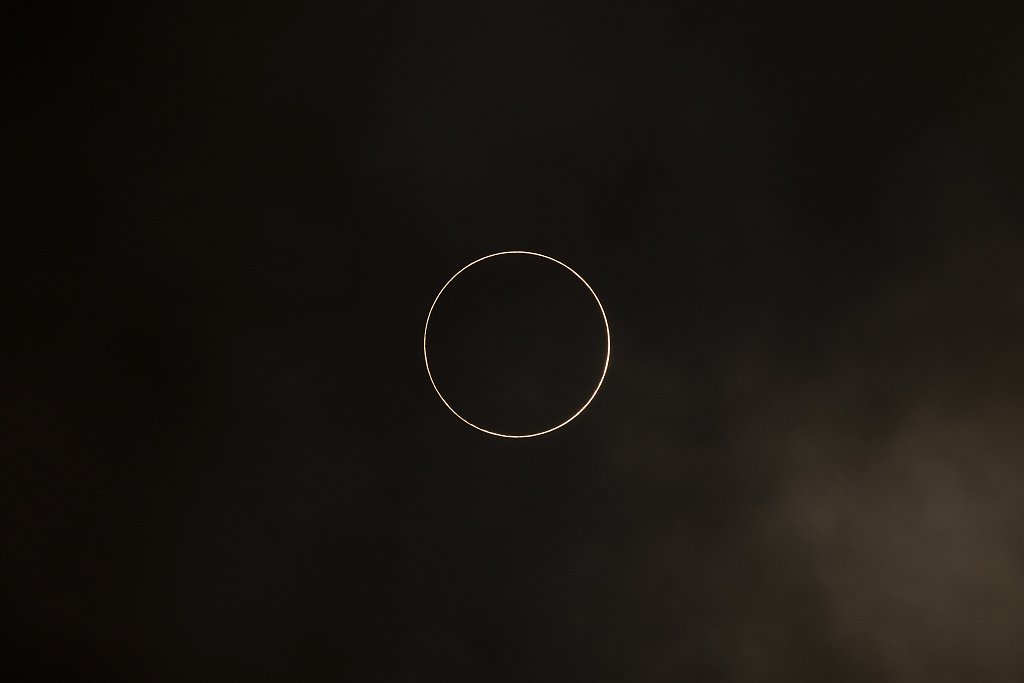
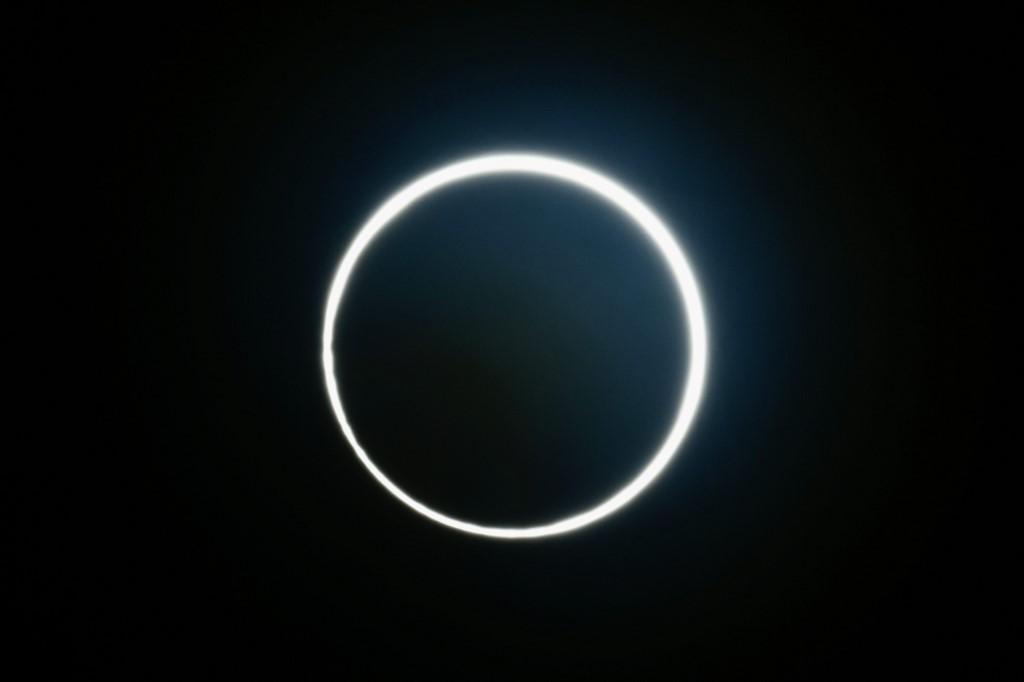
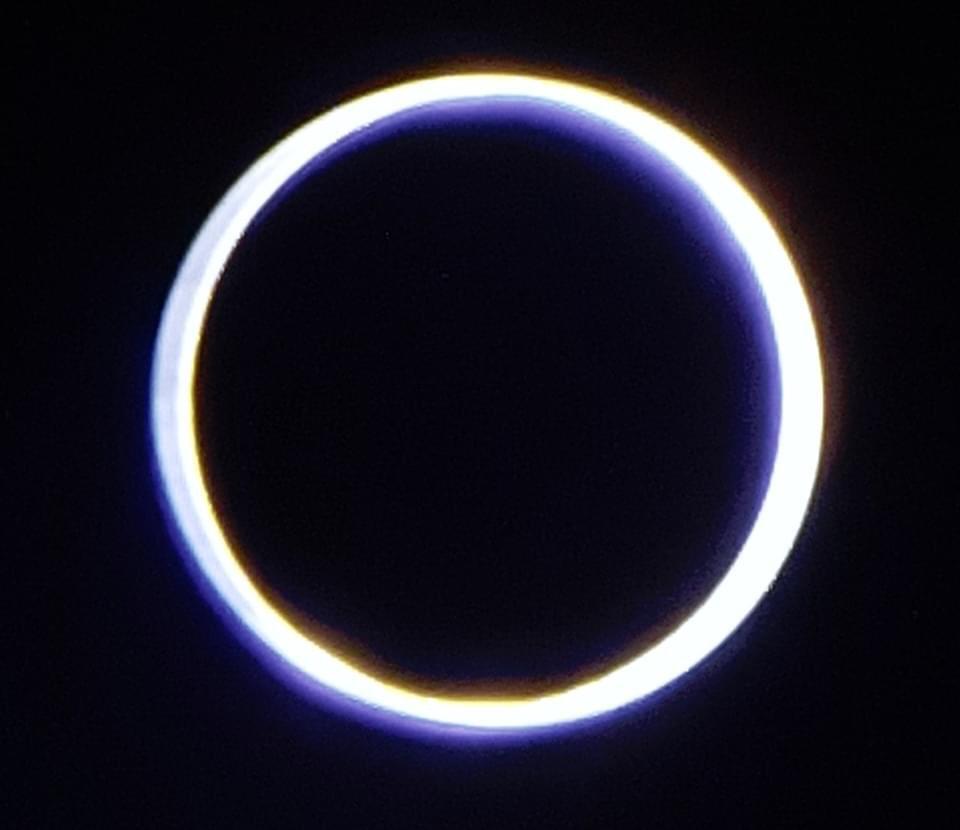
Upcoming Astronomy Events
In 2020, there are many astronomy events expected to occur. Here are a few that you should mark on your calendars.
Planet Parade: On July 11, skywatchers and stargazers will have a special treat as there will be a planet parade. Several planets like Venus, Jupiter, etc. will be in conjunction appearing to perform a parade in the skies, hence the name. It is a not to be missed event.
Perseids Meteor Shower: This is without a doubt, one of the best showers to observe as it lights up the skies beautifully. They are known for the bright meteors and are produced by the comet Swift-Tuttle. This shower runs annually from July 17 to August 24. This year, it will peak on the night of August 12 and the morning of August 13.
Mars Opposition: On October 13, Mars will be at the closest opposition to Earth and will be well lit. Astronomy lovers will have the opportunity to take beautiful snaps of the red planet. Telescopes can also be used to see the details on its surface.
Geminid Meteor Shower: Geminids is the best of meteor showers and is able to produce approximately 120 multicolored meteors per hour when it is at its peak. he shower runs annually from December 7-17. It peaks this year on the night of the 13th and morning of the 14th.
Jupiter and Saturn Conjunction: On December 21, a rare conjunction of Jupiter and Saturn will take place. It very unusual to see these two celestial giants together.
Also Read: The Fiery Fire Rainbow
